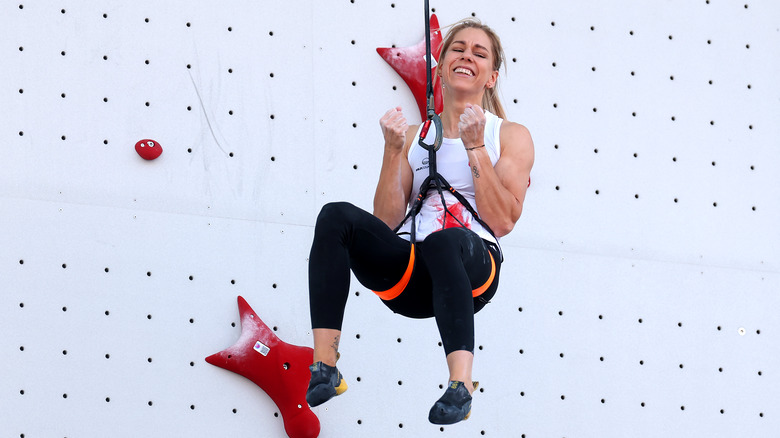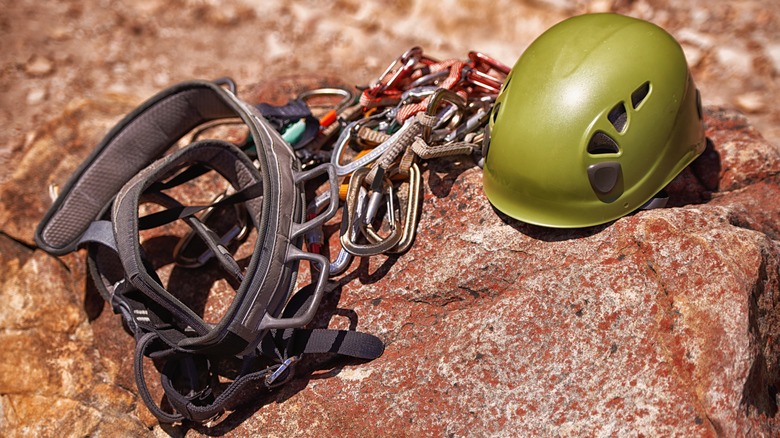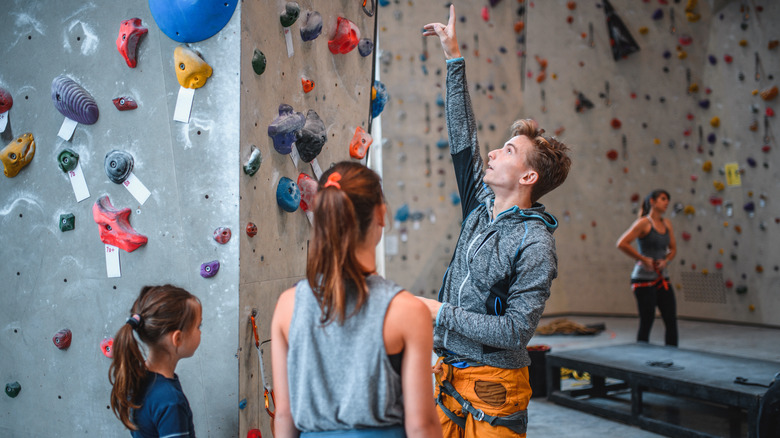What Is Sport Climbing And What Should You Know Before You Try It?
With an increasing number of outdoor enthusiasts seeking out more extreme outdoor adventures, the traditionally niche sport of rock climbing has soared in popularity. In fact, this once obscure activity has become so popular it has even been added as an Olympic sport. Well, at least a version of it has been added. Sport climbing made its Olympic debut in 2021 in Tokyo during the games which had been postponed from 2020 due to the COVID pandemic. It has continued as an Olympic sport into the 2024 Paris games and is already slated to be part of the 2028 event in Los Angeles. This is due largely to what the Olympic Committee claims to be a worldwide cohort of 25 million climbers from more than 150 countries. But, what exactly is sport climbing?
Although rock climbing in various forms has been around for hundreds of years, sport climbing is a relatively new discipline, having emerged as a new style of rock climbing in the 1980s. The single biggest difference between traditional rock climbing and sport climbing is the use of permanent holds. Sport climbers also utilize ropes and belayers. Sport climbing is also practiced on both predetermined outdoor courses as well as indoor facilities. So, if you are looking for a new extreme adventure, sport climbing may just be the thing. However, there are some things you should know before you try it.
Gear you need for sport climbing
Climbing in general is somewhat minimalist in required equipment. There are, however, some items that are necessary for sport climbing. Given there is an inherent risk in climbing and much of this equipment is meant to keep you safe, this setup definitely falls into the category of outdoor gear you should never buy used. For the same reason, while you don't need to overspend, you certainly shouldn't cheap out when buying for sport climbing gear. Instead, make sure you get good value on high quality equipment.
When it comes to sport climbing, the essential pieces of gear include a 60 to 70 meter climbing rope, climbing shoes, and a climbing harness. Sport climbing harnesses are typically lighter, yet more cushioned than traditional climbing harnesses. Additionally, they have few gear loops since the hardware is already fixed in the rock for sport climbing. You will also need some quickdraws, which are carabiners meant for clipping to the bolt and rope. Although they are considered optional indoors, climbing helmets are a must when climbing outdoors. Not only does a helmet offer protection if you fall, it also protects your head from rocks and debris that can unexpectedly fall from above during the course of a climb. Lastly, climbing chalk (and chalk bag) will help ensure you have a secure handhold whether climbing outdoors or indoors.
Getting started in sport climbing
The Olympic version of sport climbing consists of three events: bouldering, speed climbing, and lead climbing. While lead climbing utilizes full climbing gear, bouldering is a different discipline, one in which climbers do not use a rope or harness. For the purposes of recreational sport climbing, both lead and bouldering opportunities are available at a variety of indoor and outdoor venues. If you are already an experienced climber who wants to try out sport climbing with its pre-placed, fixed bolts, it is simply a matter of finding a sport climbing route or indoor wall nearby. If you are new to the sport in general, there's a bit more to it.
For aspiring sport climbers with absolutely no experience, you should consider starting out at a gym or indoor facility for both instruction and practice before attempting to take on a crag. This can help you avoid many mistakes novice rock climbers make. Once you are familiar with your equipment, basic techniques, and have developed an adequate skill level, you can try tackling some of the easier routes, which will typically have steeper inclines and larger hands and footholds. For your first few climbs, it's a good idea to go with a more experienced partner or even hire a professional guide. As your skill level and experience grows, you may want to tackle increasing more difficult sections of climbs, which entail less incline and smaller holds.


